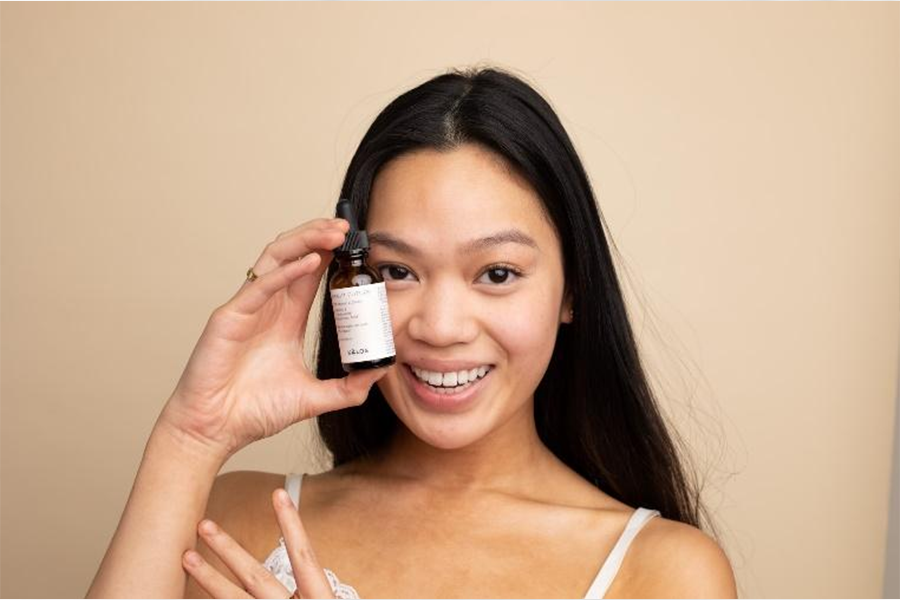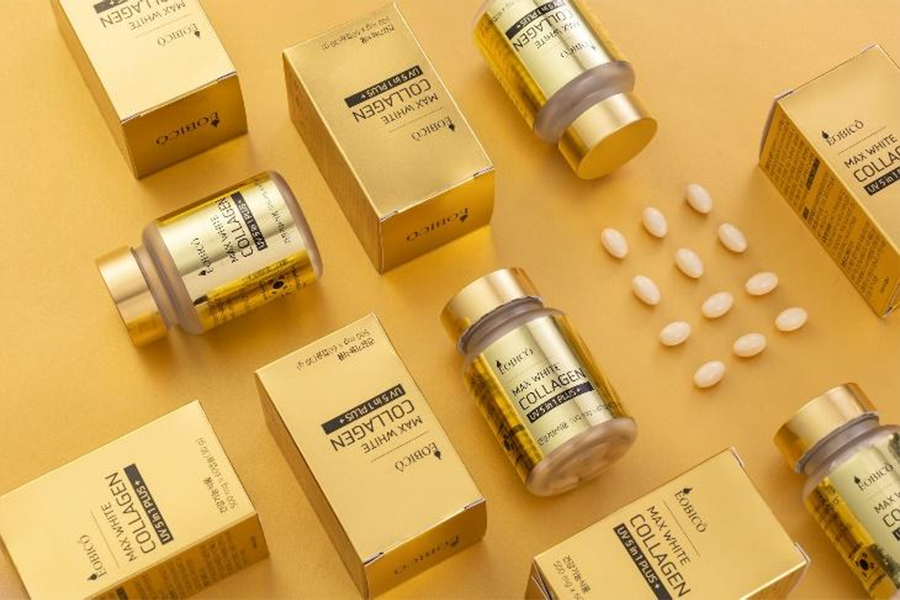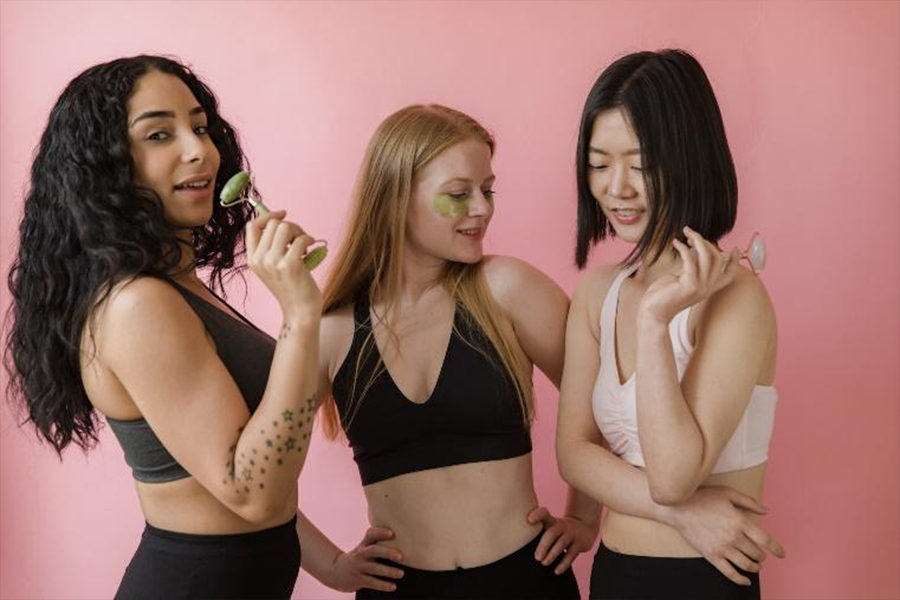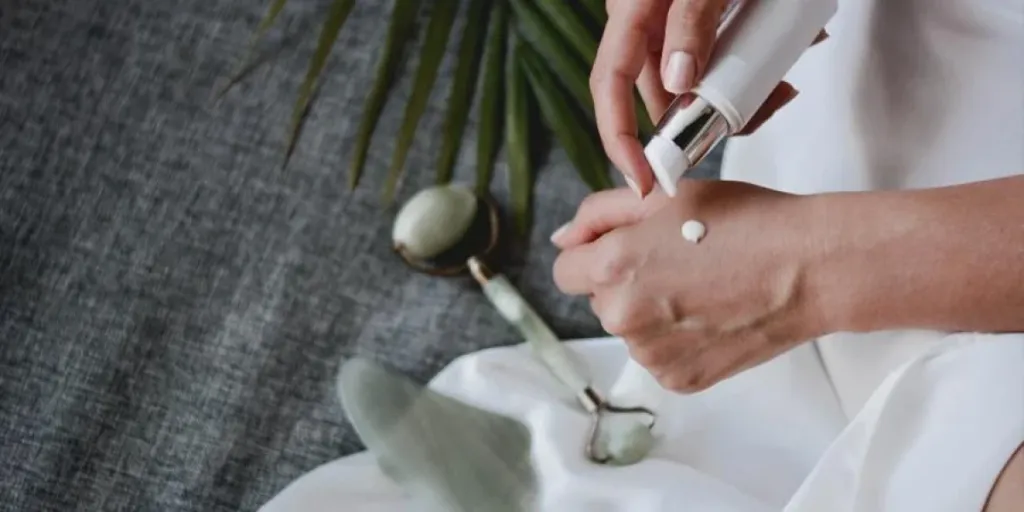The notion of beauty and personal care is changing as consumer focus shifts to wellbeing and self-care. These are the key trends in skincare for autumn/winter 2023/24 businesses should pay attention to.
Table of Contents
Drivers in the skincare market
Skincare trends for autumn/winter 2023/24
Responding to trends in skincare
Drivers in the skincare market
The global skincare market is expected to grow from USD 100.13 billion in 2021 to USD 145.82 billion by 2028, with a compound annual growth rate (CAGR) of 5.52% between 2021 and 2028.
One of the primary factors driving the market is a rising interest among both men and women in improving the quality and health of skin through cleansing, moisturizing, and hydrating. A growing trend towards herbal or natural beauty and personal care is also gaining traction as customers become more aware of the adverse effects of synthetic chemicals on the skin.
Furthermore, an increasing number of consumers are opting for cruelty-free or vegan products due to an increased consciousness regarding animal welfare and the environment.
Skincare trends for autumn/winter 2023/24
Mindful routines

By 2024, intentional skincare will impact beauty routines as customers look to integrate mindfulness into their everyday life and improve wellbeing.
Psychodermatology involves treating skin with a positive mental health approach and is a skincare buzzword taking over social media. To buy into this trend, businesses should look for ritualistic applications and products that integrate self-reflection and mantras into packaging.
Skincare bundles that are designed with accompanying activities, such as daily journals, breathing exercises, or podcasts will encourage mindful beauty practices. To assist customers with starting and ending their day in an intentional way, facial tools can also be included as part of the skincare routine.
Strengthening skincare

An increased awareness of skin health will see customers becoming more educated on the impacts of external aggressors and overuse of active ingredients on skin barriers.
Microbiome-friendly skincare will be key to strengthening and restoring the skin’s natural flora, especially for those with sensitive skin. Barrier repair skincare with microbiome-friendly certifications or ceramides, peptides and pre, pro and postbiotics can appeal to customers looking to repair damaged skin. Collagen is also another key ingredient for elasticity and hydration.
Tweakment treatments
Tweakment is a term that refers to non-surgical, minimally invasive treatments that aim to make small changes to one’s appearance without surgery. Products that mimic minimally invasive procedures around the eyes, mouth, cheeks, and jawline will be essential.
Formulations that feature ingredients known to visibly firm and smooth skin, such as retinol, hyaluronic acid, and collagen-boosting peptides can appeal to customers interested in achieving a cost-effective and effortless aesthetic. Business buyers are advised to prioritize products that have been clinically tested or developed in collaboration with dermatologists and plastic surgeons.
For an instant solution, facial tools and overnight face patches that sculpt facial muscles will offer a temporary lifted look.
Nourishing skin from within

A growing category of skincare combines beauty with wellness by merging topical products with ingestible beauty to promote healthy skin from the inside out. According to WGSN, the nutricosmetics market is predicted to reach $15.6 billion by 2030 as ingestibles become a part of everyday healthy skin routines alongside topical solutions.
Ingestibles should promote healthy skin through nutrient-dense vitamins, biotin, hyaluronic acid, collagen, and magnesium, and be backed by science and clinical testing results. Topicals can also be bundled with ingestibles to have a greater impact on achieving healthy skin.
Clinically playful skincare

To bring moments of joy to daily routines, beauty brands are emphasizing bright colors over clinical neutrals with products that stand out both on the shelf and on the face.
Generation Z is the customer base that has most embraced this trend, as demonstrated by the popularity of fun sheet face masks, colorful under eye patches, and kitschy pimple patches for acne.
Nonetheless, packaging should not take precedence over product performance and premium skincare brands should be focused on using color, shape, and experimental formats to enhance product efficacy.
Tradition with science

Lo-TEK (Traditional Ecological Knowledge) skincare promotes ancient rituals with formulations that are both proven by science and rooted in traditions. Emerging beauty regions like India, Mexico, Africa, and indigenous territories provide new knowledge for beauty markets to learn from. Practices such as Ayurveda and herbalism can be amplified by science to create technically advanced skincare.
Regional skincare experts and natives should be consulted on products to ensure traditions are properly honored and brands should be transparent about how ingredients are ethically harvested or farmed. Trust with customers can be built when centuries-old beauty wisdom is respected in combination with science-backed formulations.
Biohacked ingredients
Biosynthetic ingredients with nature-identical formulations that do not harm the environment will be key to sustainable skincare products. A new movement towards lab-engineered formulas with biotech ingredients, such as antioxidant-rich salmon DNA, is driven by efforts to decrease over-farming of natural resources.
Messaging about the benefits of certain synthetic ingredients will be vital when it comes to promoting biosynthetic skincare. Biosynthetic ingredients are known to have longer shelf life compared to natural formulas, which can help reduce waste and mitigate supply chain delays. Beauty brands with certifications and measures that meet scientific standards will be important to verify sustainable practices.
Accessible skincare

With the rising cost of living, personalization will become essential heading into 2023 and beyond. Mass market consumers are increasingly interested in affordable yet personalized products that come in smaller sizes to enable them to make smarter purchasing decisions. No longer an exclusive trait of the luxury market, personalization is now an expectation across all market levels.
Brands that offer services to recommend products or skin type packs can draw the attention of customers looking for a personal touch. Product information should also be more accessible through ingredient facts or QR codes that open links to more information. In addition, packaging that dispenses the product via pumps or capsules will contribute to less wasteful skincare with more value for money.
Winter protection
Skin protection is now a top priority as the effects of the climate crisis begin to impact skin health. Consumers are concerned with how to protect their skin from environmental stressors, including UVA and UVB rays from the sun, blue light, and pollution.
SPF brands are rising in demand, even for use during the autumn/winter season, as well as products that target moisture loss and itchy or dry skin. Products can also be specifically designed for outdoor winter activities by offering white cast-free sunscreen and moisture-locking ingredients like glycerin.
Responding to trends in skincare
The shifting notions of self-care and wellbeing are influencing health and personal care products. A strong focus on ingredients, protection, sustainability, and affordability will drive consumer purchasing decisions. Business buyers are advised to facilitate accessibility and affordability of clean skincare that is backed by experts, trials, and certifications to ensure all levels of the market feel as if they are heard and served.




